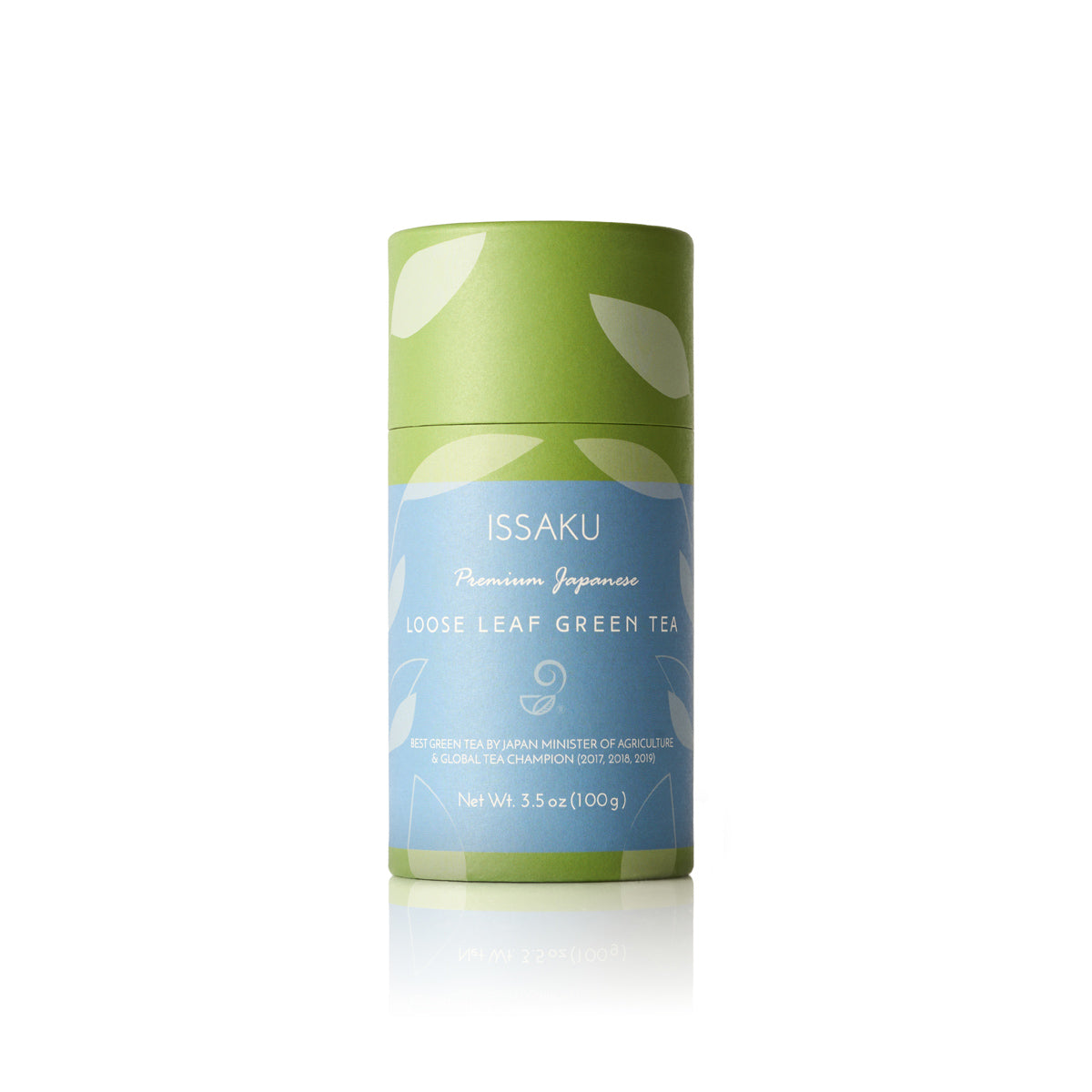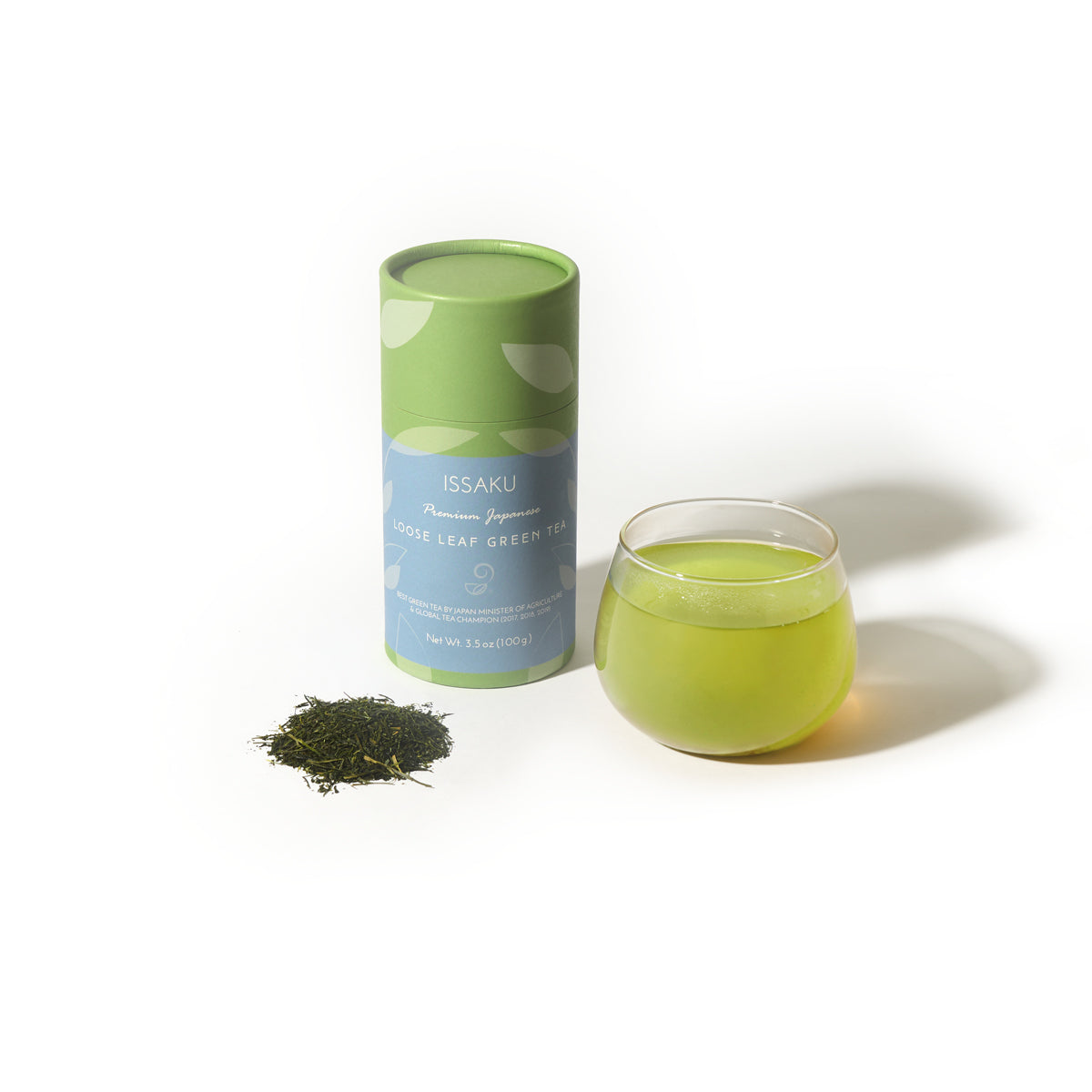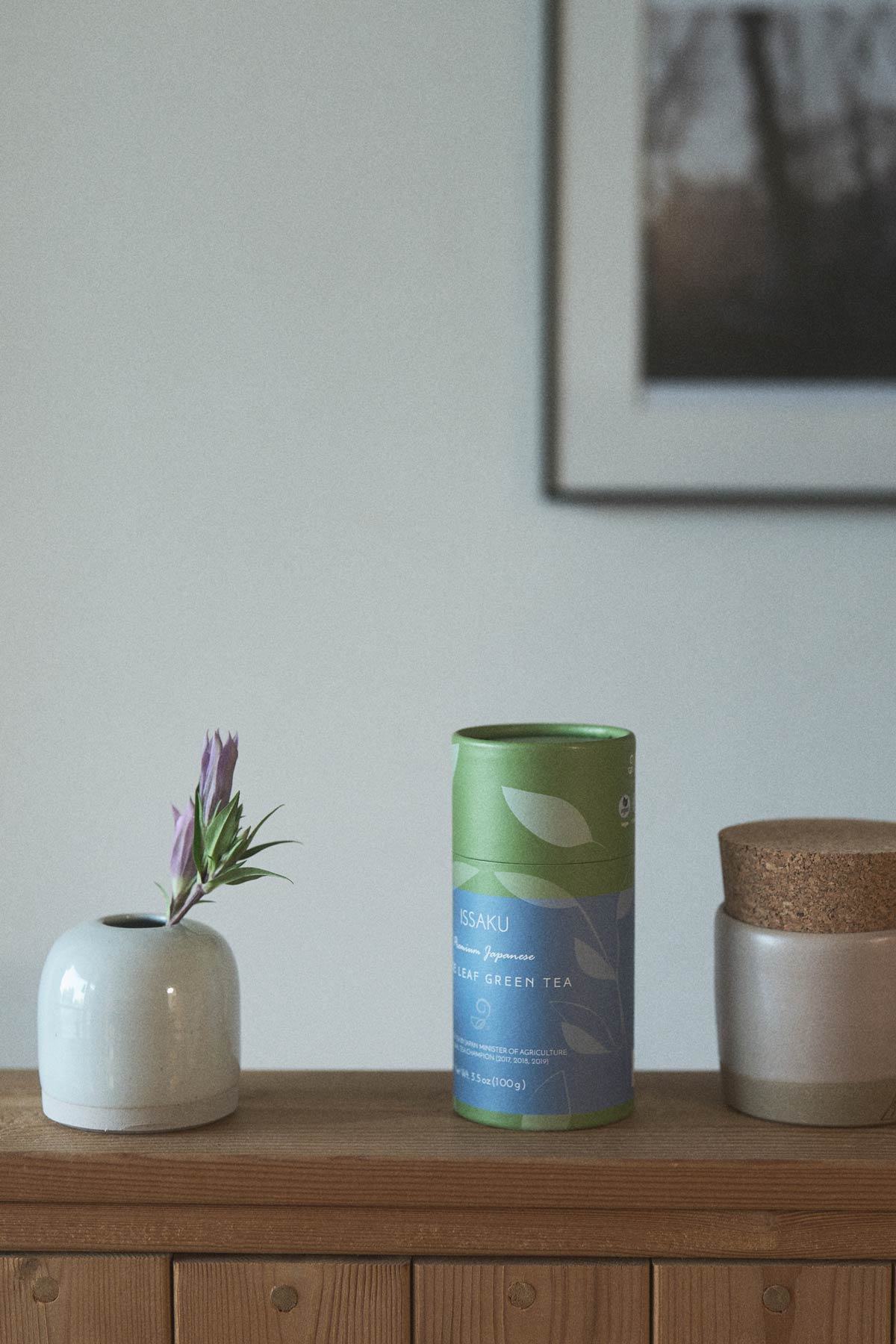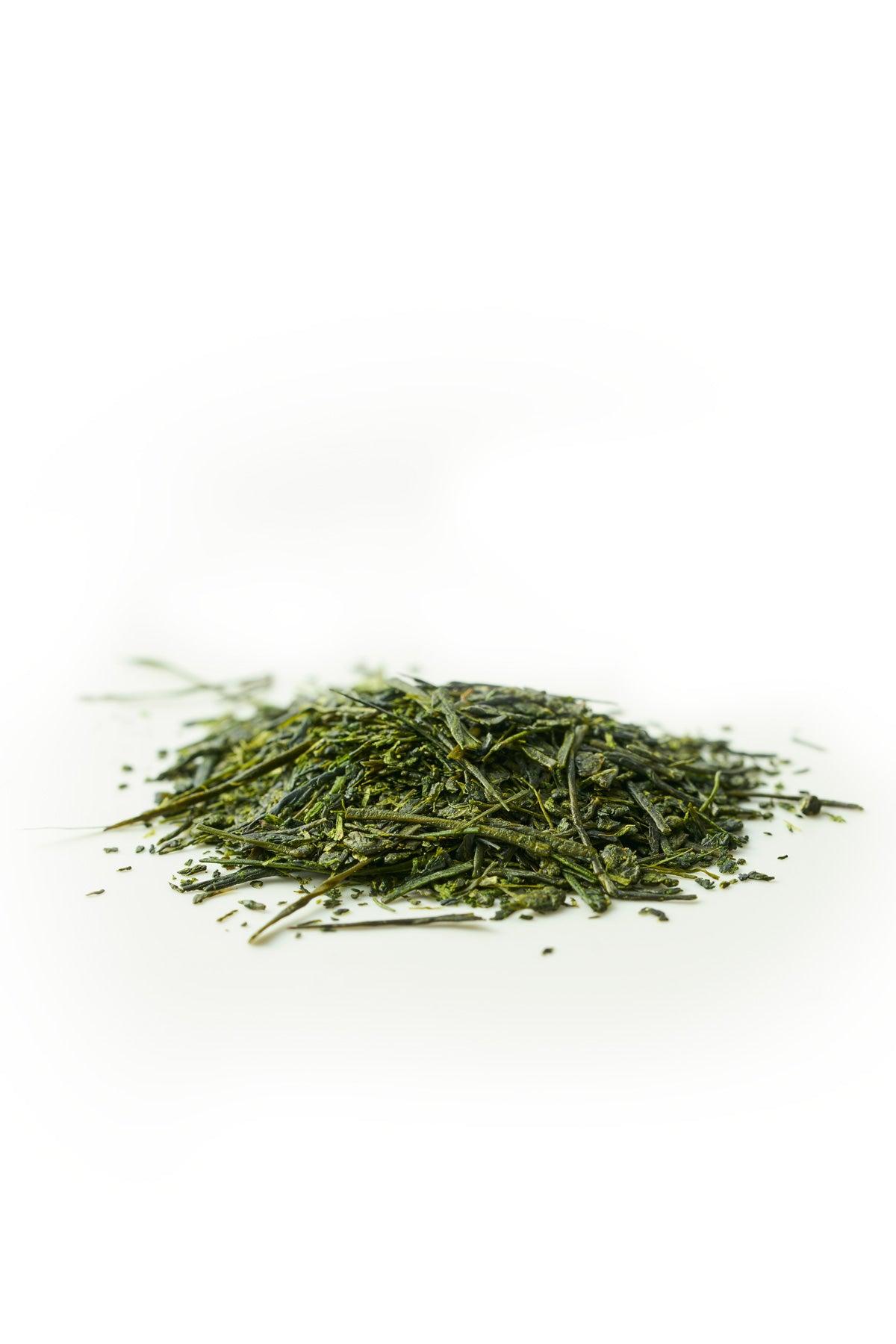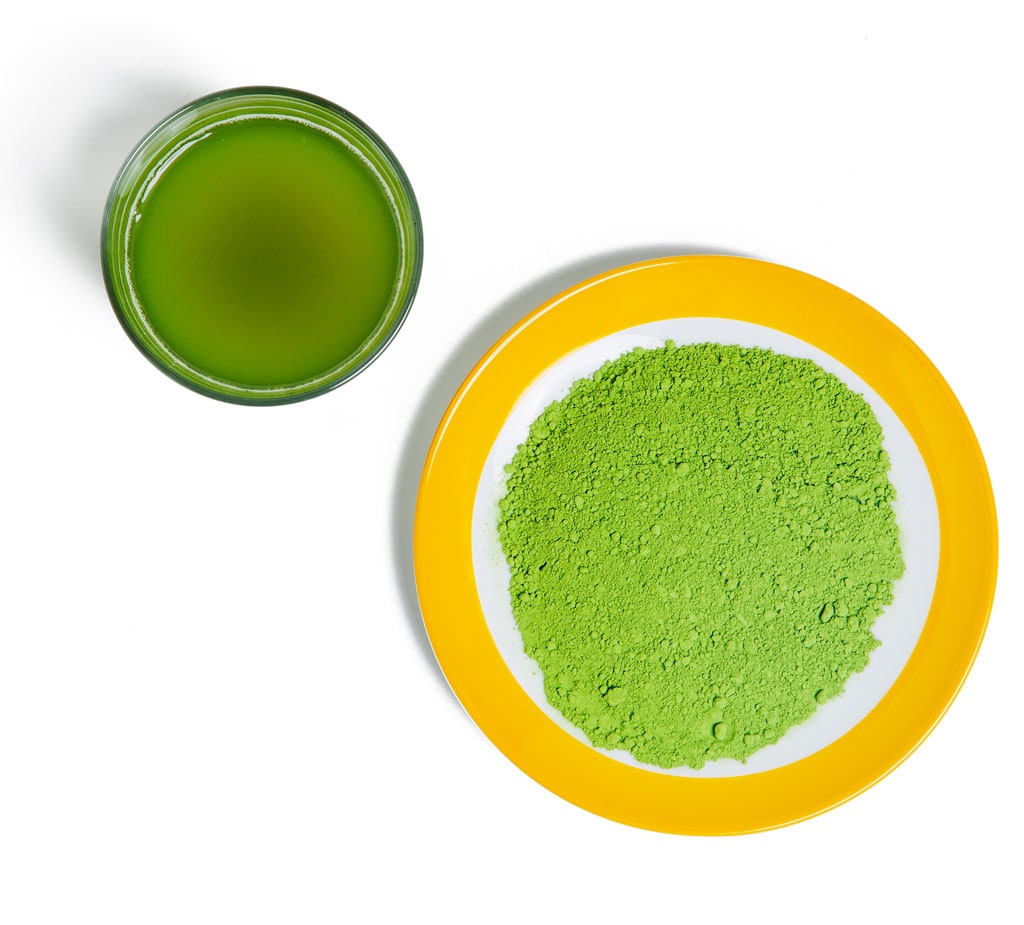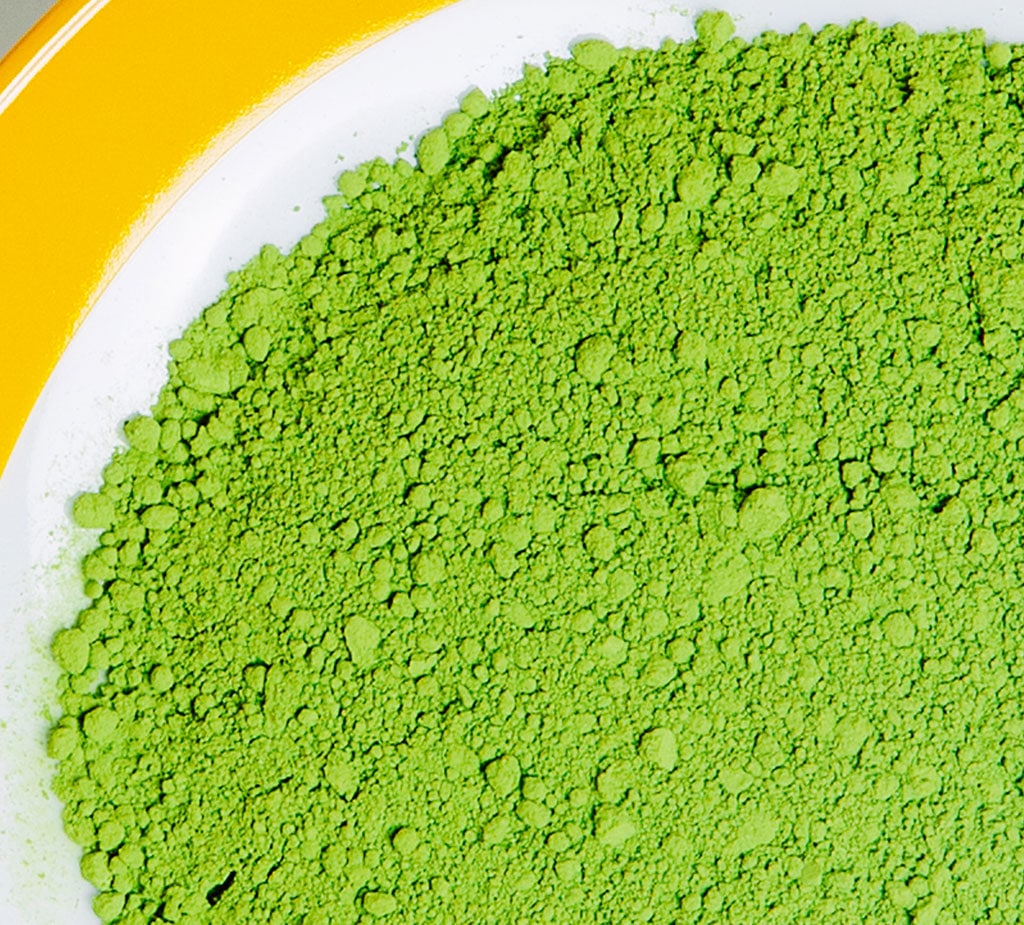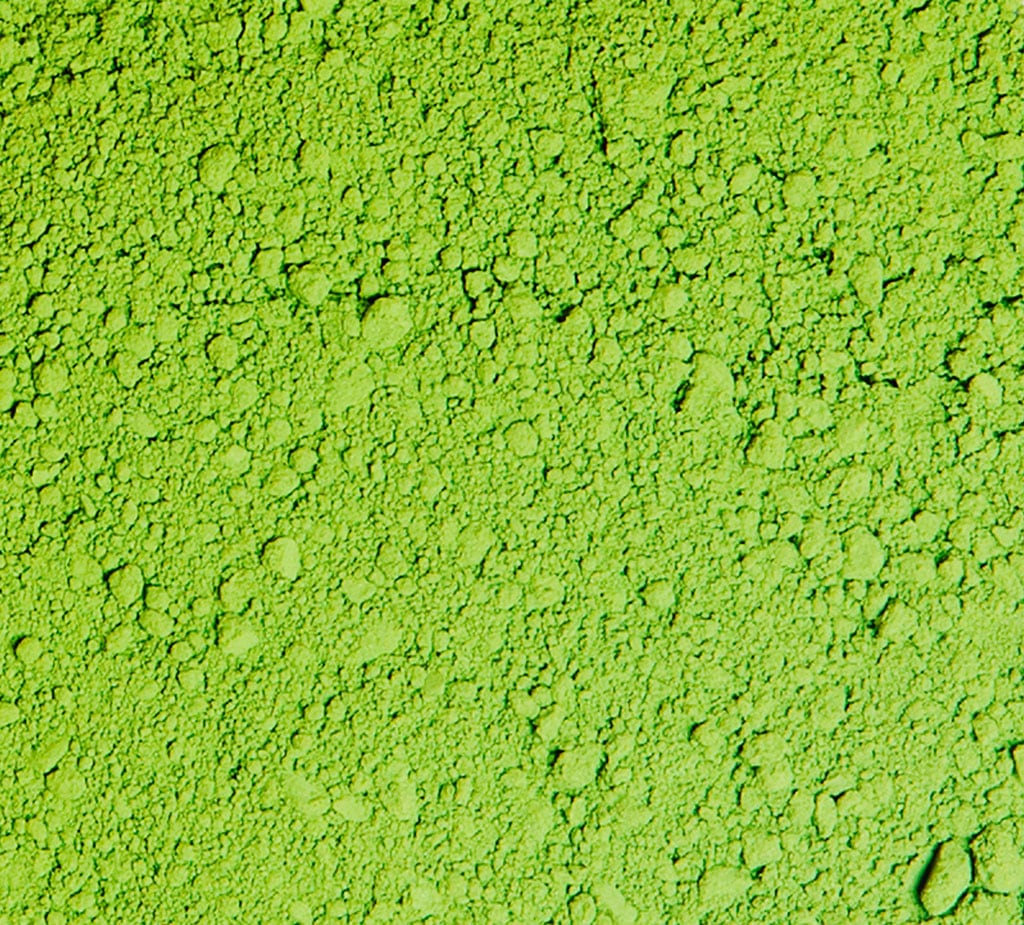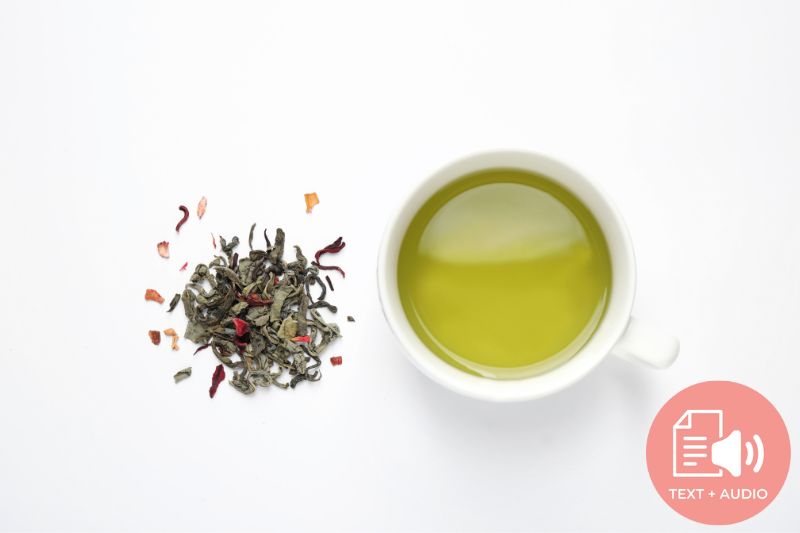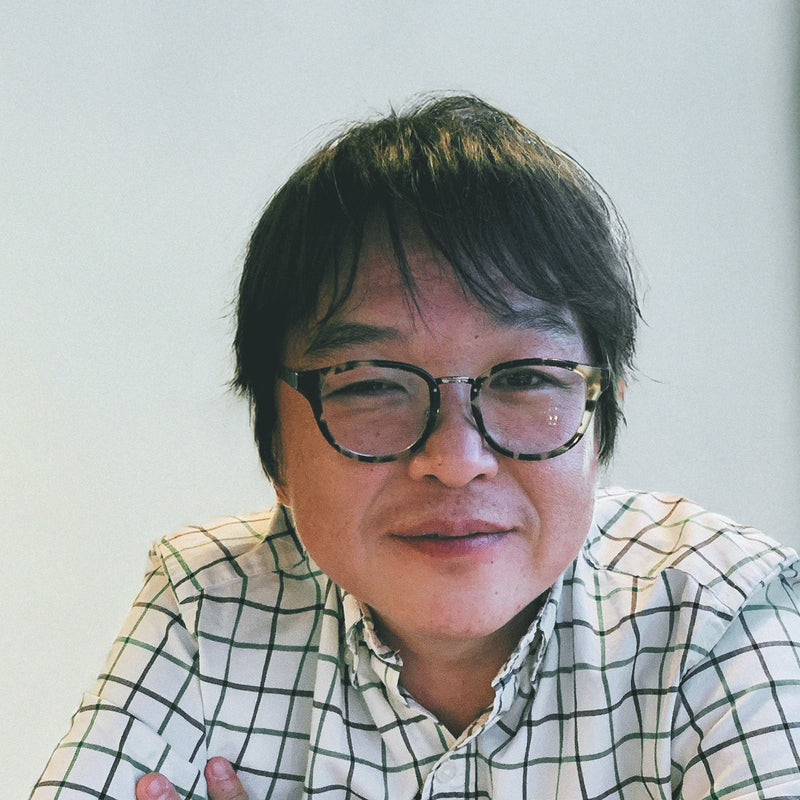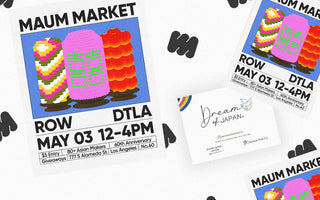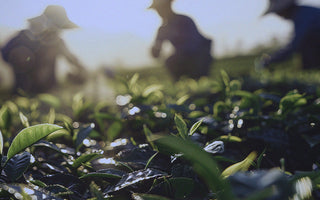The complicated world of tea is, well, complicated! Thankfully, however, it's ultimately to our benefit as tea lovers. It seems hard to imagine that anything is more complicated than the plethora of teas available at our fingertips in our local grocery store, right here, online. With that being said, there are important distinctions to be made that help guide you to the best products to fit your needs. One of those distinctions is to understand the importance of ichibancha (一番茶), which literally translates to "first tea," or Shincha (新茶), which means "first new tea." They essentially mean the same thing and are interchangeable; however, in general, Shincha is used to refer to the tea as a product, while Ichibancha is used when referring to the harvested tea.
So today, let's talk more about shincha tea and what makes it so unique.
What is Schincha Tea?
Japanese green tea is given different names depending on the time of harvest. To better explain, here’s a list enumerating them:
- Ichibancha (also Shincha): first harvest from early April
- Nibancha: second harvest from early June
- Sanbancha: third harvest from early July
- Yonbancha: fourth harvest from late September
There is also something called Akibancha or Shuto-Bancha, which is essentially a third harvest but done in autumn from late September onwards.
Having identified the different kinds of green tea based on the time of their harvest, let’s take a deeper look into what makes "first tea" unique and special.
First tea refers to the entire first harvest of the season. Japan's geographical and topographical landscape makes its tea season straightforward, with harvest generally beginning in April and extending into May. The southern tip of Kyushu has first dibs on harvest, with tea farms extending just north of Tokyo on the Kanto plain. Japanese harvests can extend to October in some places and, as mentioned above, are often noted as 四番茶 or yonbancha or "fourth tea."
It seems odd at first that such classifications between first and fourth tea are required. There are, however, important reasons as to why.
(Do you want to learn even more about Japanese green tea harvesting? Have a read of this blog post next.)

What Makes Ichibancha (Shincha Tea) Unique?
The tea we are talking about comes from the tea plant, Camellia sinensis. Yes, gyokuro and sencha, for example, share the same tea plant. (Discover even more about gyokuro here.)
Tea plants north of Tokyo, for example, are modified to withstand cooler temperatures and are often darker in appearance. Tea plants across parts of Japan withstand winter temperatures, with the tea buds idling for warmer temperatures generally reached in March. The buds begin to develop their new leaves, and the year's first harvest is set in motion.
Upon developing the year's first leaves, shincha tea, or first tea, can take place. Farmers will begin to harvest the tea leaves. Often, tea leaves are quickly moved to processing plants, given that the process of oxidation starts immediately after and begins changing the leaves. Imagine that you cut up an apple and leave it on the counter for several hours. This same process affects the leaves.
There are, of course, farmers who allow oxidation to take place to some degree. In fact, oxidation can be a critical part of determining the type and quality of tea produced.
More Nutrients
Beyond the degrees of concern from oxidation, Shincha tea's uniqueness is further defined by its aroma and chemical makeup: the tea buds can "build" up nutrients and a chemical makeup distinct from its later counterparts. The tea plants accumulate nutrients in the wintertime, and as the cold season comes to an end, that’s when they have the most nutrients. That’s why the new leaves that sprout at the beginning of spring have the highest level of nutrient content.
Case in point: Ichibancha contains approximately three times more theanine than its brother, Nibancha. Besides being associated with a number of benefits, such as better mental focus and improved sleep quality, theanine is also typically what provides sweetness to the leaves, giving green tea its unique flavor.
In fact, the considerable collection of nutrients gives the taste of Ichibancha a higher level of umami. All these also contribute to the more notable aroma and color of shincha. The flavor, aroma, and color do not present a subtle difference; it’s quite obvious. If you’re a tea connoisseur or a seasoned tea drinker, you’ll easily note the distinction.

Shincha’s flavor is described as full-bodied and sweet. Its aroma is refreshing and reminiscent of invigorating rain in a verdant forest. Lastly, its color is luminous or glowing bright green, a testament to the richness of the tea thanks to the plant’s long winter’s labor.
While Shincha is richer in most nutrients present in tea, it does have a lower catechin and caffeine content than later teas. Because of this, it tastes less bitter and astringent, which many find preferable and much more pleasing.
Less or No Pesticides
It depends on the farmer, of course, whether he uses pesticides or not, but for those who do, they likely won’t start spraying until the summer, way after the first harvest. That’s mainly because the bugs don’t come out until then. Consequently, spraying isn’t necessary in the first harvest season. Since Shincha leaves are picked in the early spring, this means that Shincha is free of pesticides.
Vintages and Availability
Much like high-quality wine, Shincha has a vintage factor to it, giving importance to the year and place where it was produced. Every year, the taste and aroma of Shincha are nuanced to be peculiar to that time. This is why the purchase of Shincha causes quite a fuss. Its availability is limited. Once a batch of Shincha is sold out, it’s gone and cannot be reproduced. Besides its high-grade property, this quality of Shincha augments its value, hence its loftier price.
Why is the 88th day Important?
The first harvest is further bolstered by a uniquely Japanese tradition. Hachijuhachiya, or the 88th day, is the 88th day of spring counted down from risshun, or early February. This is said to be the best time to harvest.
Because Hachijuhachiya has been carried from the traditional pre-western Japanese calendar, risshun marks the beginning of spring. It doesn't necessarily fall on a set date, year in and year out. Around May 2, tea buds begin to sprout, and tradition holds that if you were to drink from those leaves, you would be protected from paralysis.
On Kyushu, several important markets sell this specific tea, with an area in Nagasaki stating that if you're blown by the tea market wind, you will be protected from sickness all year. Shincha tea has immense traditional importance and further distinguishes itself in its biochemical makeup.
(Ever wondered what makes specialty teas different from teas sold to the masses? Find the answers here.)
If you're ever visiting Japan or searching the market for tea through the spring season, ichibancha is not only something you'll likely come across, but it's something to add to one's tea portfolio. It's unique for the reasons stated above, but more than that, it will set apart an aroma and flavor you won't experience for the remainder of the year.
Yes, tea is complicated, and this is why so many of us love it.
Get Free Bonus Books

Sign up for free to the Green Tea Club to get advice and exclusive articles about how to choose Japanese Tea, and tips, tricks, and recipes for enjoying Japanese tea.
About the author
Kei Nishida
Author, CEO Dream of Japan
Certification: PMP, BS in Computer Science
Education: Western Washington University
Kei Nishida is a passionate Japanese green tea connoisseur, writer, and the founder and CEO of Japanese Green Tea Co., a Dream of Japan Company.
Driven by a deep desire to share the rich flavors of his homeland, he established the only company that sources premium tea grown in nutrient-rich sugarcane soil—earning multiple Global Tea Champion awards.
Expanding his mission of introducing Japan’s finest to the world, Kei pioneered the launch of the first-ever Sumiyaki charcoal-roasted coffee through Japanese Coffee Co. He also brought the artistry of traditional Japanese craftsmanship to the global market by making katana-style handmade knives—crafted by a renowned katana maker—available outside Japan for the first time through Japanese Knife Co.
Kei’s journey continues as he uncovers and shares Japan’s hidden treasures with the world.
Learn more about Kei
